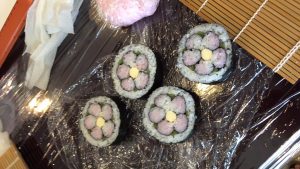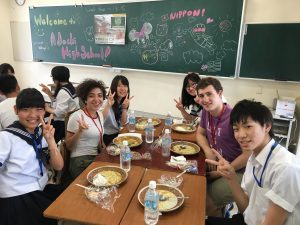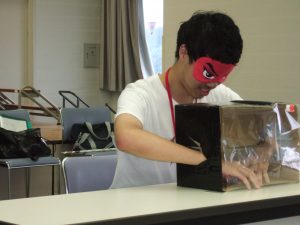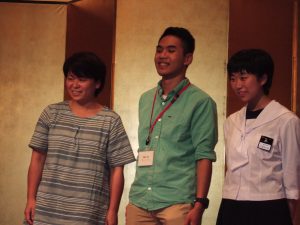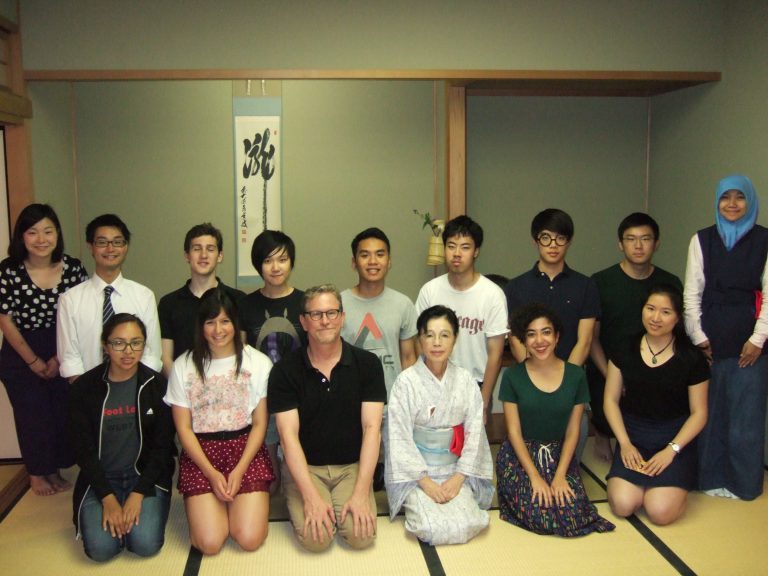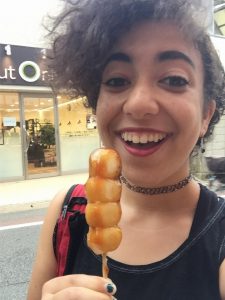08.03.16
Today, we were fortunate enough to attend guest lectures delivered by two amazing academics: Patrick Galbraith and Shunsuke Nozawa!
Patrick Galbraith received a PhD in Information Studies from the University of Tokyo. He is currently pursuing a second PhD in Cultural Anthropology at Duke University. Dr. Galbraith is renowned in the world of cultural anthropology and Japanese studies as an expert on otaku culture. His works include "The Otaku Encyclopedia,” "Tokyo Realtime: Akihabara,” "Otaku Spaces,” and "The Moe Manifesto.”
Shunsuke Nozawa is a Project Associate Professor at the Interfaculty Initiative in Information Studies at the University of Tokyo. Professor Nozawa’s recent publications include “Life Encapsulated: Addressivity in Japanese Life Writing,” “Phatic Traces: Sociality in Contemporary Japan,” and “Characterization.” As a cultural and linguistic anthropologist, Professor Nozawa utilizes ethnography and rigorous analytical frameworks to dissect themes within anime, subcultures, and everyday life. Prior to teaching at the University of Tokyo, Professor Nozawa was a visiting professor within Dartmouth’s Department of Asian and Middle Eastern Languages and Literatures.
Both presentations by Dr. Galbraith and Professor Nozawa were extremely interesting. Dr. Galbraith’s lecture focused on maid cafes, specifically interactions between customers and maids. We were all impressed with the rigorous fieldwork Dr. Galbraith had performed in order to gain a deeper understanding of maid café culture, and demystify the space. Since we had all visited a maid café at the start of the LSA, we enjoyed Dr. Galbraith’s critical analysis of the maid café as an intimate space. I feel that if some of us visit a maid café in the near future, we will certainly view the space from an anthropological lens. Professor Nozawa’s lecture focused on voice acting. We learned about the intricacies of voice acting in anime, which definitely appealed to those who watch anime. Professor Nozawa also exposed us to how voice acting functions within urban ambient noise. Within this part of the lecture, Professor Nozawa showed us clips of all-too familiar sounds (such as the “the doors are closing” announcement within trains), and attached the faces of the voice actors to those clips. All of us were baffled – it was so mesmerizing to see a face attached to the all-too familiar sound that we hear when we commute in Japan.
All of the students, including the KUIS students and faculty who joined us, truly enjoyed the intellectually stimulating nature of the lectures!






















